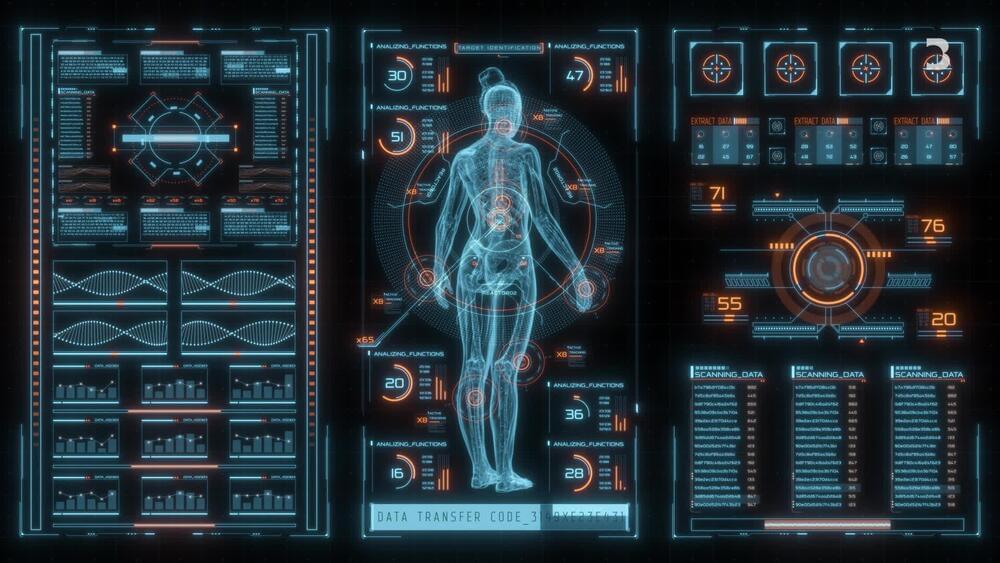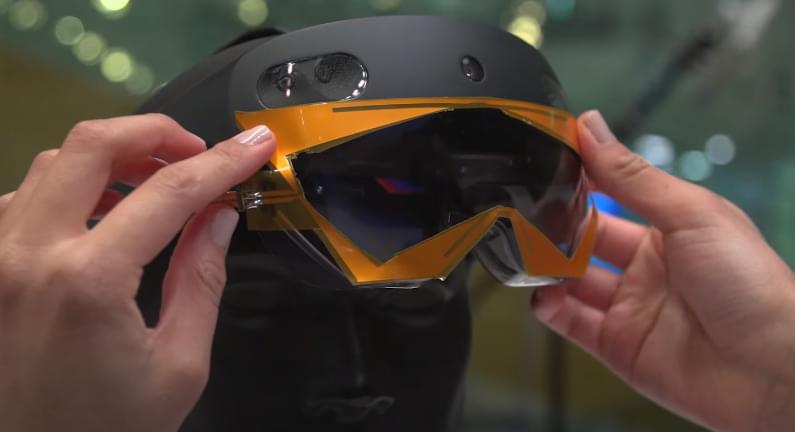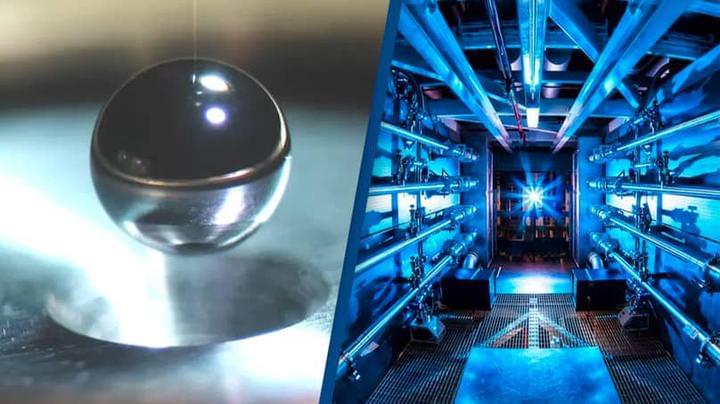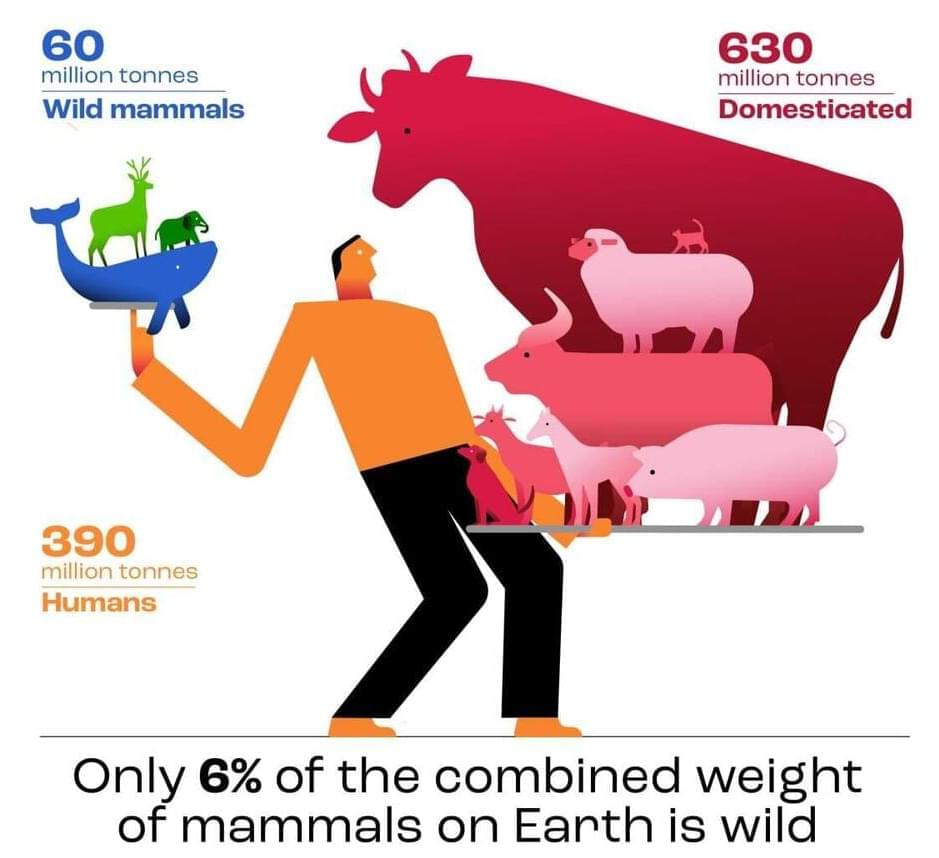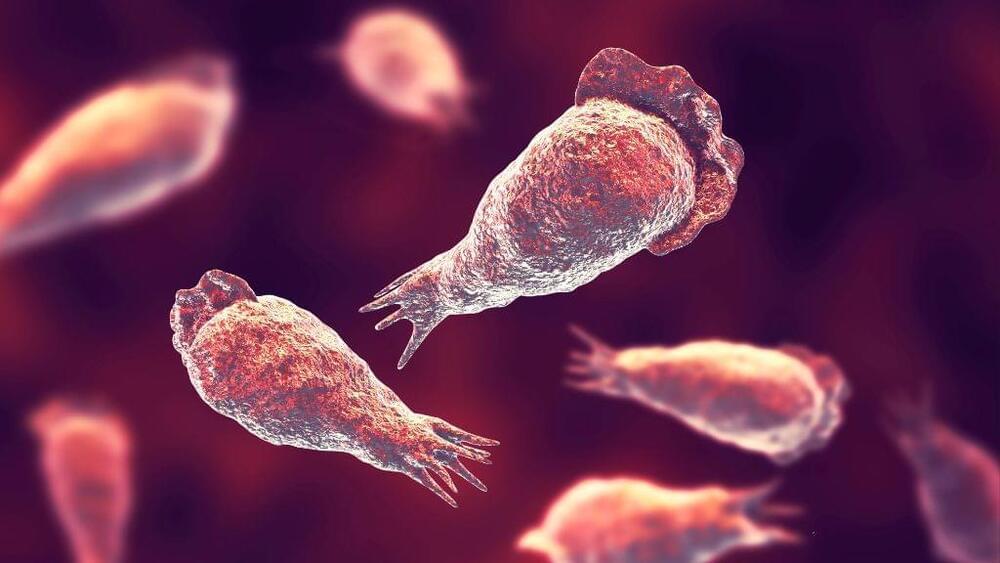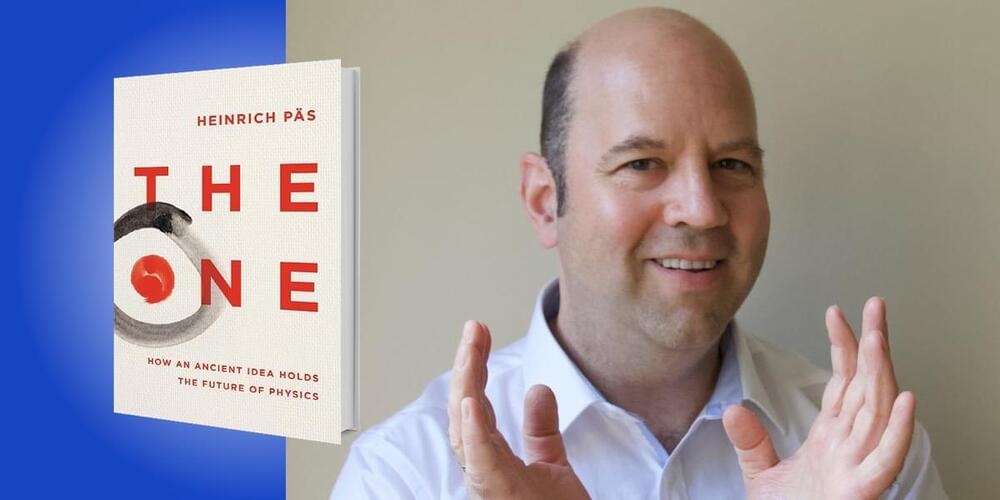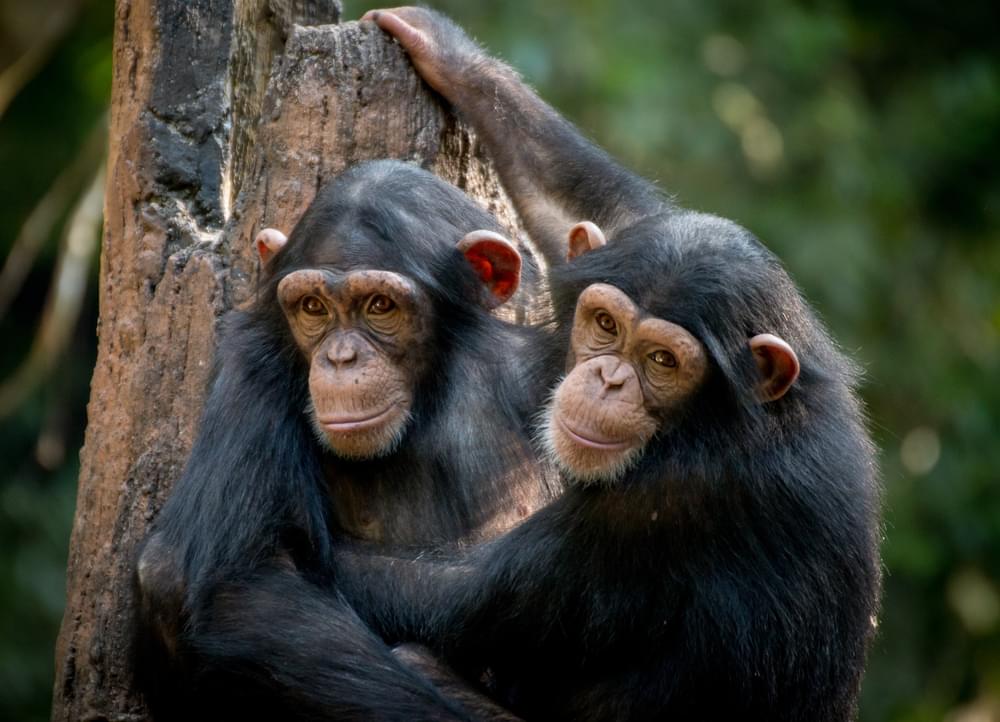The elixir of life has been sought for thousands of years. Today a scientific revolution has begun. Hannah joins bio-hackers in California, and a neuroscientist along the streets of Tokyo to experience the latest age-defying techniques and examines what it means to live to a healthy, happy old age. What will extended lifespans mean for society, and will the effort all be worthwhile in the end? (Source: Bloomberg)
Archive for the ‘futurism’ category: Page 346
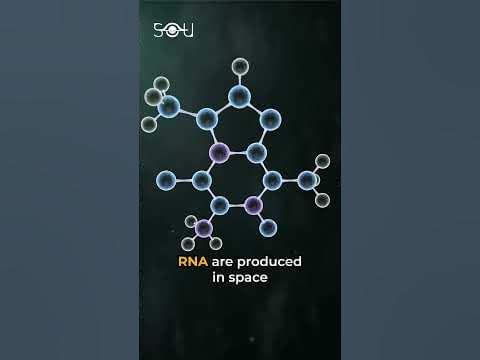
Life began on Earth about 3.7 billion years ago. But what if it was present in the universe even before that? It sounds strange, but this is what the Pansper…
Feb 28, 2023
MIT Researchers Develop X-Ray Goggles, Can See Through Objects
Posted by Genevieve Klien in category: futurism
Feb 28, 2023
Scientists are using a tiny diamond sphere that could change life as we know it
Posted by Paul Battista in category: futurism
Sometimes the biggest changes can come from the smallest of things and this is definitely the case for a bunch of scientists who have discovered a tiny in size but colossal in impact game-changer for the world. Researchers have found that just a minuscule diamond sphere can completely change life as we know it.
Feb 27, 2023
The weight of responsibility: Biomass of livestock dwarfs that of wild mammals
Posted by Michael Taylor in category: futurism
We often think that our world is an infinite realm comprising great plains, jungles and oceans, teeming with wild animals featured in memorable nature shows like the BBC’s Planet Earth. But the first global census of wild mammal biomass, conducted by Weizmann Institute of Science researchers and reported today in PNAS, reveals the extent to which our natural world—along with its most iconic animals—is a vanishing one.
The new report shows that the biomass of wild mammals on land and at sea is dwarfed by the combined weight of cattle, pigs, sheep and other domesticated mammals. A team headed by Prof. Ron Milo found that the biomass of livestock has reached about 630 million tons—30 times the weight of all wild terrestrial mammals (approximately 20 million tons) and 15 times that of wild marine mammals (40 million tons).
An earlier, widely-discussed study in Nature by researchers in Milo’s lab in Weizmann’s Plant and Environmental Sciences Department showed that in 2020, the mass of human-made objects—anything from skyscrapers to newspapers—had surpassed the planet’s entire biomass, from redwood trees to honeybees. In the latest study, the researchers offer a new perspective on humanity’s rapidly increasing impact on our planet, seen in the ratio between humans and domesticated mammals, and wild mammals.
Feb 27, 2023
‘Brain-eating’ amoeba case in Florida potentially tied to unfiltered water in sinus rinse
Posted by Genevieve Klien in category: futurism
Feb 27, 2023
FUTURE OF AI — The Fate Of Human Value — 4K
Posted by Dan Breeden in categories: futurism, robotics/AI
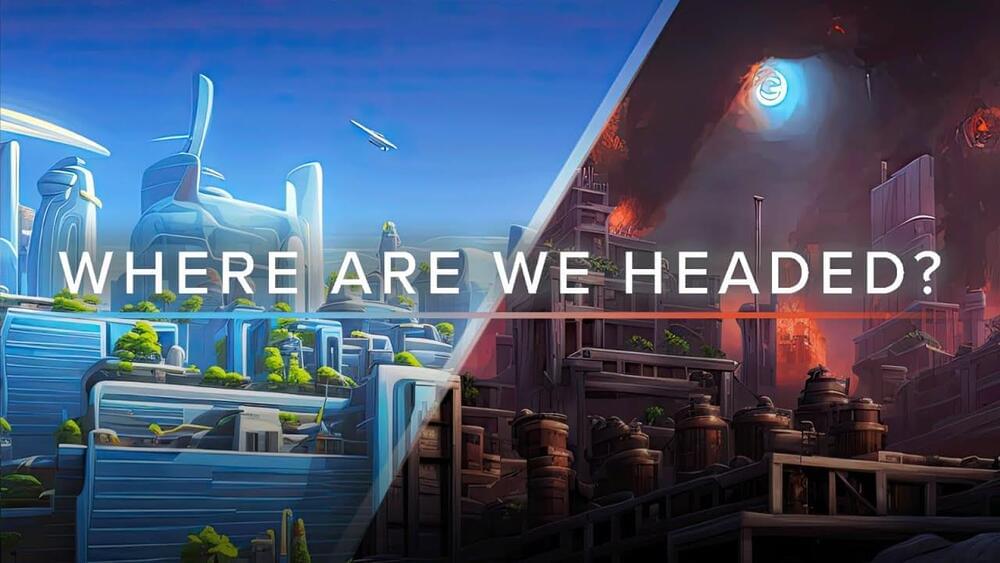
The future of artificial intelligence is the question on all of our minds right now. AI has the potential of replacing us in every conceivable industry, leading to a potential dystopia. Humanity is suddenly gripped with this massive anxiety, but this is also our greatest opportunity.
Will this be the end of meaning?
Continue reading “FUTURE OF AI — The Fate Of Human Value — 4K” »
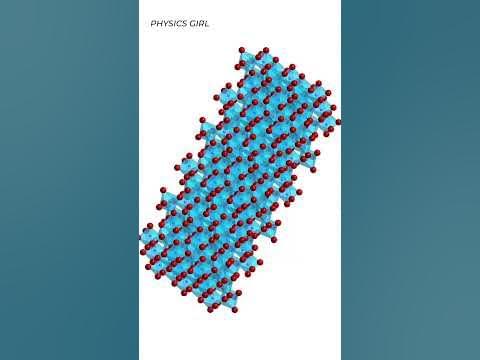
Time Crystals are a state of matter that appears to violate the 2nd Law of Thermodynamics, but does it really? There’s SO much to talk about with Time Crysta…
Feb 27, 2023
The One: How an Ancient Idea Holds the Future of Physics
Posted by Dan Breeden in categories: futurism, physics
Author Heinrich Päs shares 5 key insights from his new book, The One: How an Ancient Idea Holds the Future of Physics.
Social structure and tool use are just a few things humans and monkeys have in common. Explore how our behaviors are more alike than you may think!
